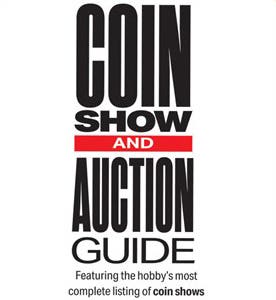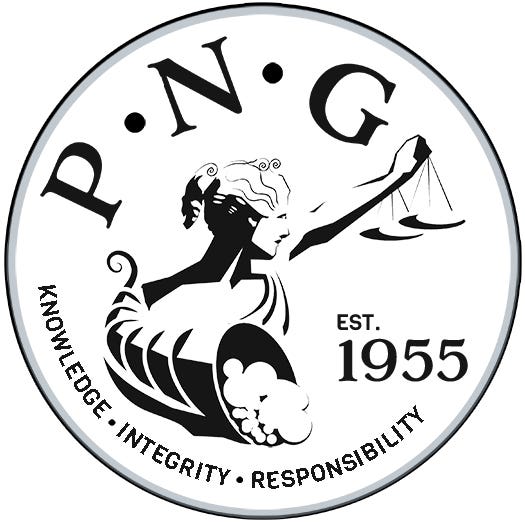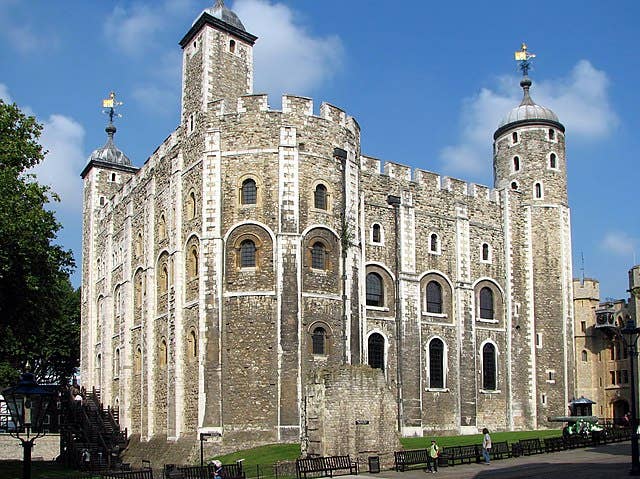Fiji rarities offered by Noble in November
Noble Numismatics November sale will hold particular interest for those who collect issues of the British Empire or paper money bearing royal vignettes. Four Fiji £sd rarities will appear on…
Noble Numismatics November sale will hold particular interest for those who collect issues of the British Empire or paper money bearing royal vignettes. Four Fiji £sd rarities will appear on the block in Sydney. Two are rare, and two extremely rare. All are in highly collectable condition.
Queen Elizabeth II is supplying a £10 of June 11, 1964, P-55e. This date is the last year of issue.
Fiji introduced decimal currency in 1969. There was to be no decimal equivalent of the country’s £20 notes and these were demonetized and withdrawn several years prior to decimalization. They were replaced in circulation by a larger-than-usual issue of £10 notes.
A £10 dated May 1, 1965 was printed but never placed in circulation. Two issues of £10s bearing different 1964 dates were found sufficient to meet currency needs. These were the last £10s circulate. Today neither date is common in collectible grade. The present example comes in “very fine or better.”
The second Queen Elizabeth II note is a £20 of July 1, 1954. This is the first issue of the red £20s, P-57a. Regardless of grade, all red £20s are rare and are nigh impossible in EF or above. The present example is graded about VF.
One having the same date was sold recently in London by Spink. It realized $23,162 [£18,000] in PMG Choice Very Fine 35. A second example will be offered by Spink in September graded “original VF.” By the time you read this it will have been sold—probably for a commensurate price.
George VI is responsible for the remaining two notes. First up is a £10 dated Jan. 1, 1942, P- 42a. This is the first date for this series. It is a major rarity that is seldom seen at auction. It is absent from most Fiji collections.
All Fiji high-denomination notes with World War II dates are scarce. Not all made it to Fiji prior to war’s end. Those that did were kept in circulation of necessity well beyond their best-before date. Examples in high grade are a luxury that collectors may have to wait two lifetimes for. I speak from experience.
The present example comes with, “Three vertical and a horizontal fold, light blue pen mark at left front, crisp original paper, good very fine”…The estimate is a mere A$5,000.
And if that delight is insufficient to pop your socks how about a George VI £20 of Sept. 1, 1948, P-43d? Certainly it comes with folds, creases, a 2mm slit under the lower serial number, and minor tone spots but it does have “firm original paper” giving it a grade of good F.
These 1948-dated £20 notes were the first to arrive in Suva in the aftermath of World War II. The Currency Commissioners had pressing need of them. All their wartime predecessors were in desperate condition. They had served their country well but were due for replacement at the first opportunity. As a result most of the new £20s went into immediate circulation to begin hard-working lives. Collectible examples are few and far between today.
Check out the full catalog plus the details given above at Noble’s website: www.noble.com.au from late October on.
This article was originally printed in Bank Note Reporter. >> Subscribe today.
More Collecting Resources
• Order the Standard Catalog of World Paper Money, General Issues to learn about circulating paper money from 14th century China to the mid 20th century.
• Any coin collector can tell you that a close look is necessary for accurate grading. Check out this USB microscope today!









